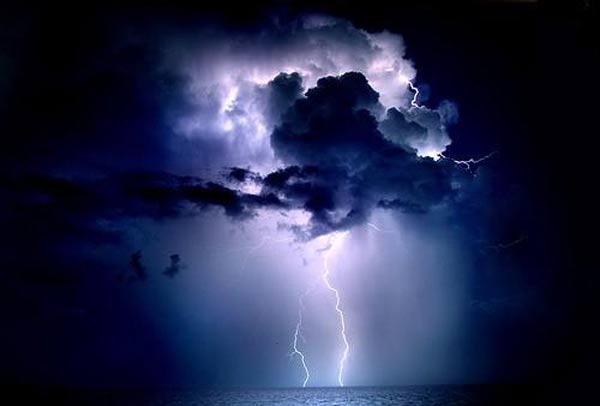
Dhaka, Bangladesh (BBN)-Lightning strikes have killed 56 people over the past two days, triggering a panic among some people, Bangladesh authorities said Saturday.
After a nearly weeklong heat wave scorched Bangladesh, thunderstorms hit the country’s 14 districts Thursday, reports the VOA.
The storm produced lightning strikes that killed at least 33 people.
Another series of lightning strikes Friday killed at least 23 other people.
The lightning strikes also injured scores of other people in the past two days.
Most of the people who died or were injured across the country were working in farmlands or were in open spaces when they were struck, police said.
Seasonal weather
Deaths caused by lightning strike often occur during the premonsoon season -- usually between March and May -- and often in rural areas where people work outdoors.
Pabna police officer Abul Hossain told VOA that eight people in Pabna district alone were killed by lightning strikes, adding that the number of people killed in such a short time "has left many people panicking."
Last year, 51 people were killed by lightning.
But there have already been 90 deaths -- including the 56 killed in the past two days -- caused by lightning since March this year.
Mohammad Riaz Ahmed, who heads Bangladesh's disaster management department, said the authorities were concerned with the unusual number of deaths so far this year.
Ahmed said Friday that lightning strikes peak in May in Bangladesh. With more thunderstorms predicted by the end of the month, "we are indeed concerned,” he added.
Some experts also noted that a change in climate temperature might have triggered an increase in the frequency of lightning strikes in Bangladesh.
"As we have recorded, the lightning frequency has been increasing gradually since 1981, due to climate variability and increase in temperature. The temperature in the country marked a significant rise this year, which is apparently the cause behind the increased incidents of lightning," said M. Abdul Mannan, a meteorology department official in Dhaka.
FACTORS
Gawher Nayeem Wahr, member-secretary of the Bangladesh Disaster Preparedness Forum, said the decreasing number of tall trees has a role in the increase in number of people being injured or killed by lightning strikes.
“Palm and other taller trees usually attract the lightning flashes. But with these trees becoming scarce in rural areas" people are more prone to be hit, Wahr said.
Ahmed, of the country's disaster management department, said the high number of deaths has forced the country to consider the event a natural disaster.
“We will make all efforts, consulting our scientists and other disaster management experts so that lightning strikes cannot be a that big threat in Bangladesh," he said.
BBN/SK/AD